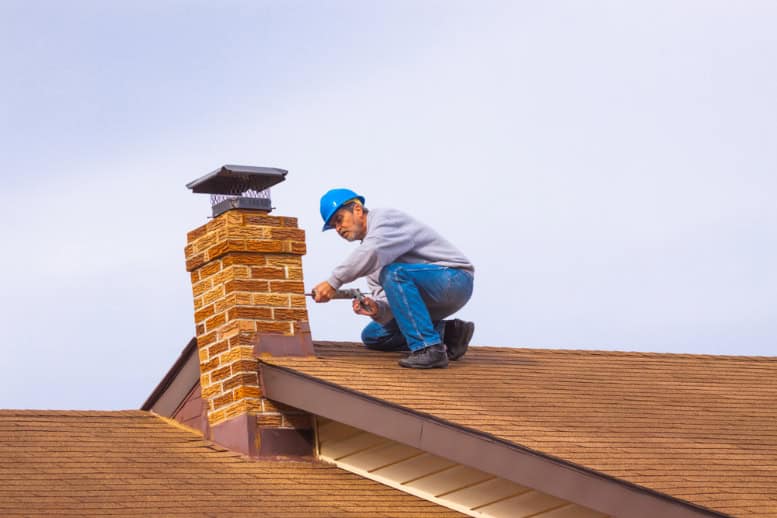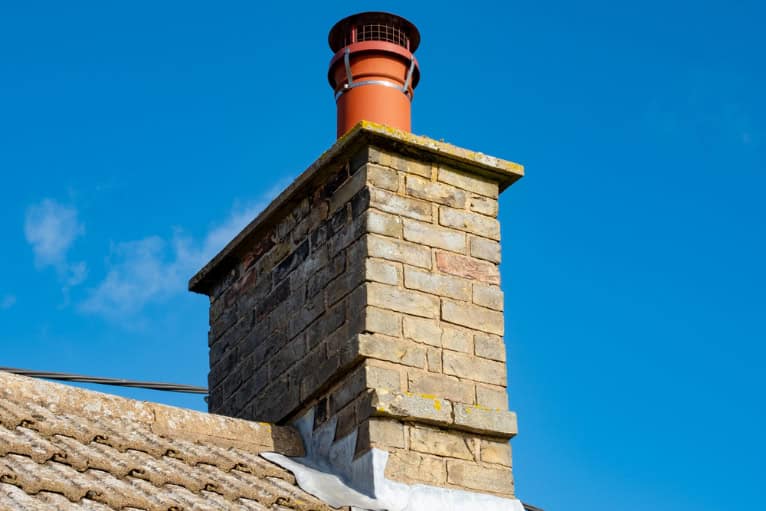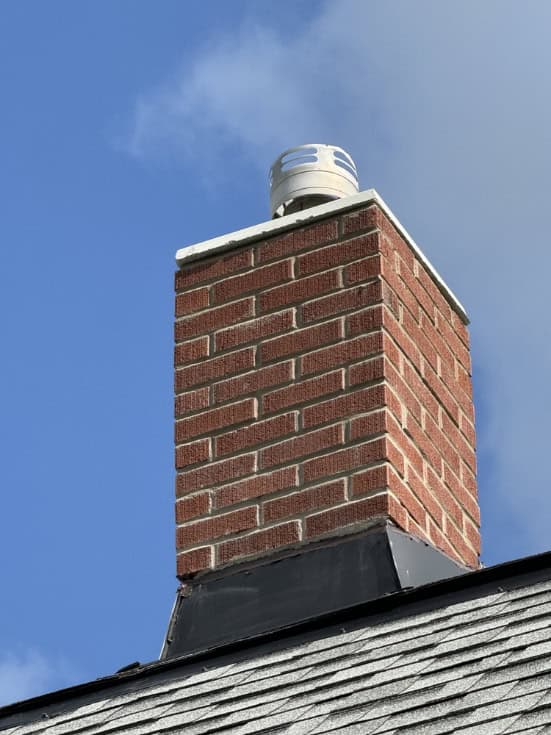Our CSI-certified technicians fix leaking chimneys permanently, protecting your East Greenwich home from costly water damage.

Hear from Our Customers

When your chimney stops leaking, you stop worrying about water stains creeping down your walls. No more musty smells from hidden moisture. No more rust eating away at your damper or firebox.
You get back to enjoying your fireplace instead of stressing about what that water is doing to your home’s structure. Your investment stays protected, and you can actually use your fireplace without wondering if you’re making the problem worse.
The right chimney leak repair means the problem gets solved once. You’re not calling someone back next season to fix the same issue because it was patched instead of properly repaired.
We’ve been fixing chimney water leaks in East Greenwich since 2000. The same experienced team that started this work over twenty years ago is still here, still solving the toughest leak problems.
Our technicians hold CSI certification from the Chimney Safety Institute of America. That means we know the difference between a quick patch and a permanent fix. We understand how water moves through chimney systems and what it takes to stop it for good.
We’ve seen every type of leak problem East Greenwich homes can throw at us. From failed flashing to deteriorating mortar joints, we know what works and what doesn’t.

First, we inspect your entire chimney system to find where water is actually getting in. Most leaks aren’t where you think they are. Water travels, so that stain on your living room wall might be coming from flashing failure twenty feet up.
We check the crown, flashing, mortar joints, and brick condition. We look for the obvious problems and the subtle ones that cause bigger headaches later. Then we explain exactly what we found and what needs to happen to fix it permanently.
The repair work depends on what’s causing your leak, but we handle everything from chimney flashing replacement to crown rebuilding to brick repointing. We use materials designed for chimney systems, not general construction materials that fail in a few years.
You get a clear timeline, and we clean up completely when we’re done. Most importantly, you get a chimney that doesn’t leak anymore.

Ready to get started?
Real chimney leak repair goes beyond slapping some caulk around the flashing. We address the root cause, whether that’s failed step flashing, a cracked chimney crown, or deteriorating mortar joints that let water penetrate the brick.
East Greenwich’s coastal weather is particularly hard on chimneys. Salt air accelerates metal corrosion, and freeze-thaw cycles crack mortar faster than inland areas. We account for these local conditions when we recommend repair materials and methods.
You get detailed documentation of what we found, photos of the problem areas, and clear explanations of our repair approach. We also provide maintenance recommendations to help prevent future leaks. Our goal is solving your current problem and helping you avoid the next one.
